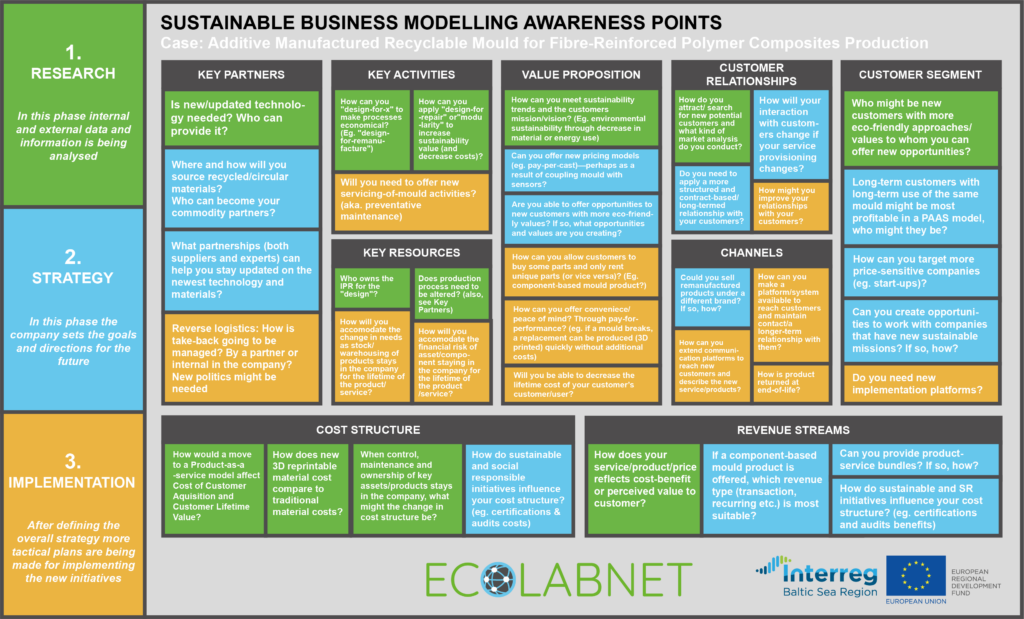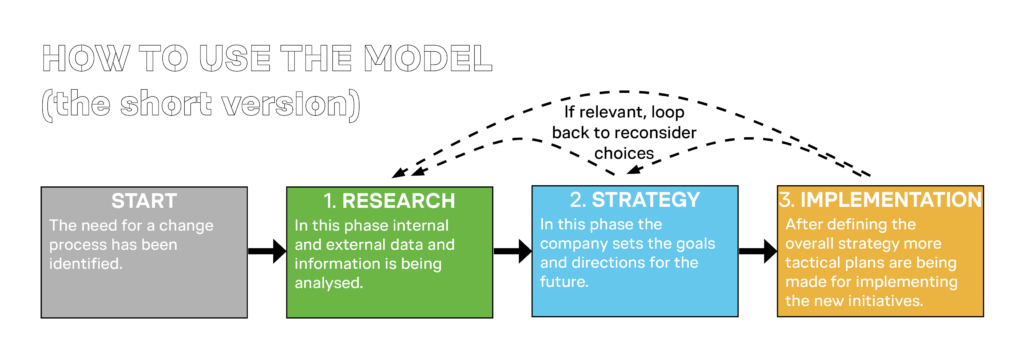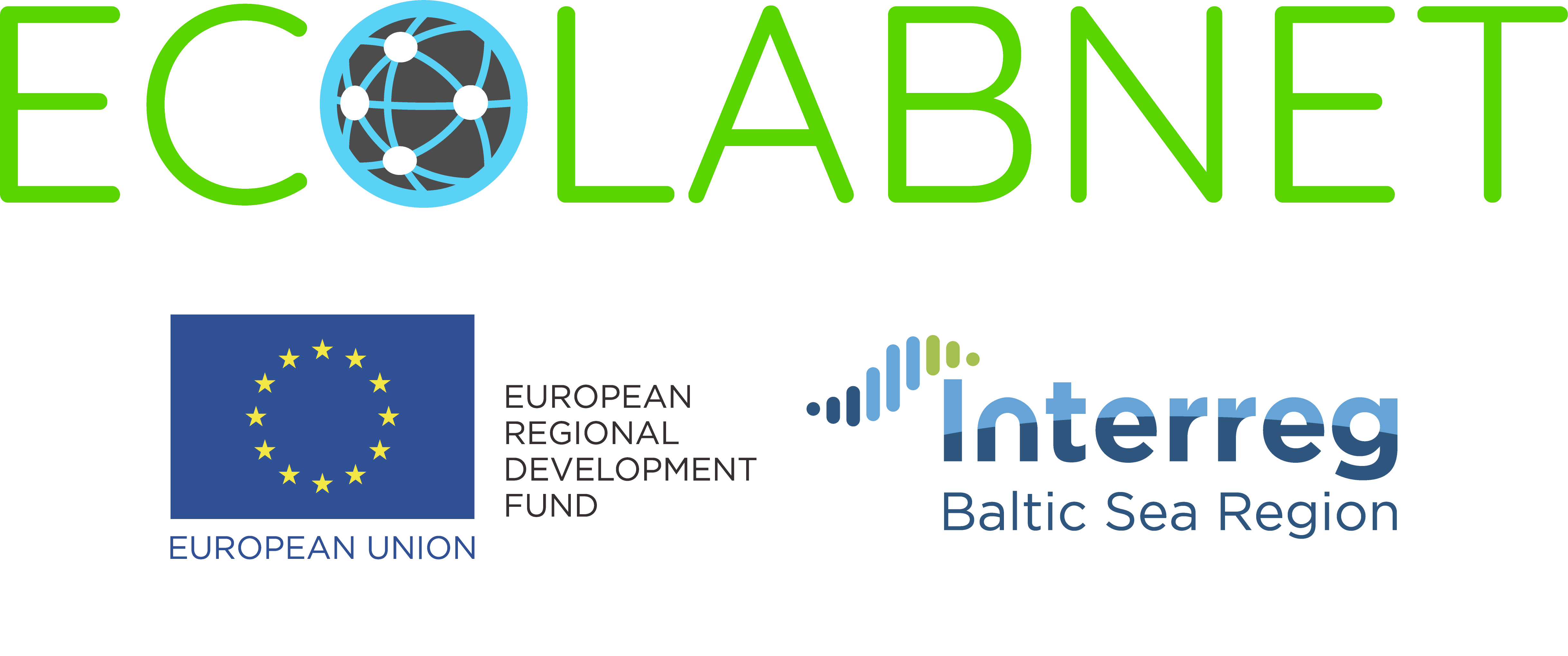
Author: Martin Storkholm Nielsen, Assistant Professor, VIA University College
As I argued in my first blog post, we created the PaaS Business Modeling Tool from the notion that the map is not the territory. We have sought to balance providing structure, guidance and perhaps even answers with embracing the diversity of businesses, who might use the tool; the speedy development of new technologies, which we cannot predict; and the frontier-breaking knowledge being produced in academia, industry and in-between. In short, we (i.e. academia) cannot predict what the right thing to do tomorrow is. Therefore, our tool should empower and support the user, not provide answers. Enter canvases.
(Canvases) “…provide enough structure to get us on the same page, whether we are from R&D, sales or finance. Yet, they are open enough for us to have rich and meaningful conversations about the various aspects of our company. Remember “the map is not the territory”—there is no truth in the canvas, only landmarks and other pointers to help us find our bearings, set a course and navigate according to those two parts.”
The Power of Visualization
Guiding a conversation

It is important to stress that the aim of the model is to spark, guide and facilitate a conversation between the involved stakeholders—be it representatives from the various departments of a company or various partnering companies (eg. suppliers or customers) etc. As you will see if you look closely, many of the questions emphasize partnerships, something that is paramount for circular economy.
On the left-hand side, you will see three categories: Research, Strategy and Implementation. The 38 questions have been categorized into these three to help give the user of the visualization a better overview and a starting point. The main part of the model is an adaption of the Business Model Canvas.

Upon initiating a change process, a company begins by discussing the green (research-related) questions. From these discussions, companies might realize that they need to “pause” the canvas work and do more initial research. Alternatively, they might inspire the company to continue to the next phase Strategy.
This process of taking up the questions pertaining to a specific phase repeats itself in the Strategy and Implementation phase.
As you go through the process—learning more about the change journey you have embarked on—you might realize that you need to go back and reconsider questions and aspects from earlier phases.
Case: Additive Manufactured Recyclable Mould for Fibre-Reinforced Polymer Composites Production
The following run-through is based on the case of a boat mould manufacturer that wants to change its business model to one based on a Product-as-a-Service pattern. The case in point is applying a re-make strategy for creating the loop back into the value chain (i.e. creating circularity) as they will be producing recyclable moulds.
Starting with the questions in the green boxes, we can look at “Key Partners” and “Key Resources”. You might want to first research if new technology is needed and who can provide it? And whether production processes need to be altered?
This might cause you to consider and discuss who might be your first-mover customers (Customer Segment)? Do certain customers have needs or wants that allow you to tap into sustainability trends in a specific or general market? (Value Proposition)
This might be important as a change to PaaS through additive manufacturing could incur a change in costs and the profit model in general.
We have just scratched the surface of the first phase (Research) but let us move on to the next.
When considering how and where you will move into this new space, relevant questions to ask include “Where and how will you source recycled/circular materials (Partners)?” Perhaps from your customers? For a circular economic system to work, we need materials to loop back, and to do so, we need partnerships. If so, how will that affect your Customer Relations? Do you need to create a more structured/long-term contract-based relationship? And could you offer new pricing models (eg. pay-per-cast)? (Value Proposition)
Lastly, implementation. Now we are moving into the nitty-gritty—the tactics. Following the questions above, would you as a result need to offer new servicing-of-mould activities (Activities)?
If your products remain your assets, but reside with and are used by your customers, how will you accommodate the financial risks (Key Resources)?
And from a practical perspective, how is the take-back going to be managed (Partners)?
Are you ready?
This was just a quick run-through of the tool, the process and the case.
If it managed to pique your interest, please contact Rune Thorbjørn Jason Clausen, Head of Programme in Creative Business and Sustainable Development, rujc@via.dk
We have also created a more in-depth booklet covering the ideas behind the tool, the process of developing it, as well as a guide on how to work with the tool. Please contact us for a digital copy.
